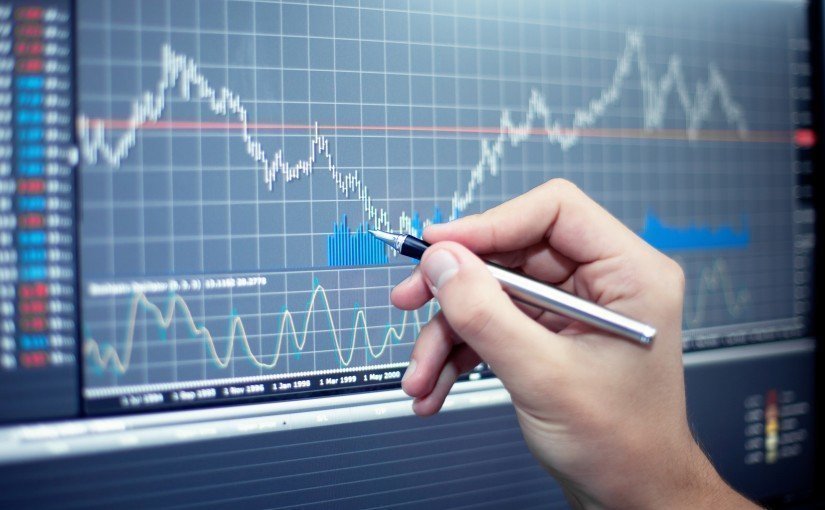Do you ever watch people on the news calmly trading stocks or currency and think, “I wish I could do that”? Trading currencies can be a great way to make money, but it’s not as simple as buying low and selling high. To be successful in Forex trading, you need to learn how to read charts and trends, use proper risk management techniques, and develop a strategy that fits your goals. If you’re willing to put in the time and effort, though, learning how to trade Forex can be a very profitable endeavor. Here are a few tips to help get you started.
What is Forex Trading and how does it work
Forex trading is the act of buying and selling currencies, to make a profit. The foreign exchange market is the biggest financial market in the world, with a daily turnover of over $5 trillion. That means there’s always an opportunity for profit, but it also comes with risk. To be successful at Forex trading, you need to have a good understanding of how the market works and be able to read charts and trends.
The benefits of Forex Trading
There are many benefits to Forex trading, including the ability to trade 24 hours a day, 5 days a week, access to leverage, and tight spreads. With such high liquidity, it’s easy to enter and exit trades quickly, making it ideal for short-term traders. In addition, the foreign exchange market is largely unregulated, which means there’s less interference from governments and central banks.
How to start trading Forex
If you’re interested in starting to trade Forex, the first step is to open a trading account with a broker. You can then deposit funds into your account and start trading. It’s important to practice with a demo account before putting real money on the line so that you can get a feel for how the market works and learn how to read charts and trends.
What you need to know before you start trading Forex
Before you start trading Forex, there are a few things you need to know. Firstly, you need to understand the basics of how the market works. You should also be aware of the risks involved and have a solid risk management strategy in place. Finally, it’s important to develop a trading strategy that fits your goals and style.
Tips for becoming a successful Forex trader
There are a few things you can do to increase your chances of success in Forex trading. Firstly, make sure you educate yourself on how the market works and learn to read charts and trends. Secondly, use proper risk management techniques to protect your capital. And finally, develop a trading strategy that suits your goals and risk tolerance. By following these tips, you’ll be well on your way to becoming a successful Forex trader.
How to use Fibonacci Retracements in Forex trading
Fibonacci retracements are a technical tool that traders can use to find potential support and resistance levels. The theory is that after a price moves in a particular direction, it will retrace a portion of that move before continuing in the original direction. Fibonacci retracements are based on the Fibonacci sequence, which is a series of numbers where each number is the sum of the previous two.
The most common Fibonacci levels used by traders are 38.2%, 50%, and 61.8%. These levels are derived from the Fibonacci sequence and are thought to indicate potential turning points in the market. For example, if the market is in an uptrend and retraces to the 38.2% Fibonacci level, this is thought to be a potential support level where the market may bounce higher. Similarly, if the market is in a downtrend and retraces to the 61.8% Fibonacci level, this is thought to be a potential resistance level where the market may reverse lower.
Fibonacci levels can be used in conjunction with other technical indicators and chart patterns to find potential trading opportunities.
How to use candlestick charts in Forex trading
Candlestick charts are a popular type of chart that traders use to analyze price action. Candlestick charts show the open, high, low, and close prices for a given period, and each candlestick represents one period. The body of the candlestick is the difference between the open and closed price, and the wicks show the high and low prices.
Candlestick charts can provide traders with important information about market sentiment. For example, a candlestick with a small body and long wicks is called a hammer, which is often considered a bullish signal. Conversely, a candlestick with a large body and small wicks is called a bearish engulfing pattern, which is often considered a bearish signal.
Candlestick charts can be used in conjunction with other technical indicators to find potential trading opportunities.
How to use moving averages in Forex trading
Moving averages are a popular technical indicator that traders use to analyze price action. A moving average is simply the average price of a security over a given period. The most common periods used are 20, 50, and 200.
Moving averages can be used to identify trends and generate trading signals. For example, if the market is in an uptrend, prices will generally be above the moving average. Conversely, if prices are below the moving average, this is often considered a bearish signal. Moving averages can also be used to identify support and resistance levels.
